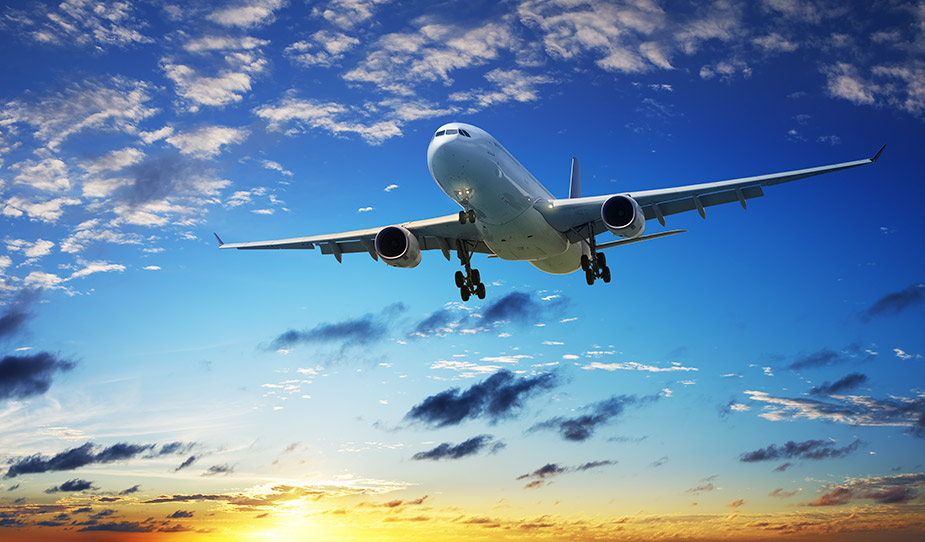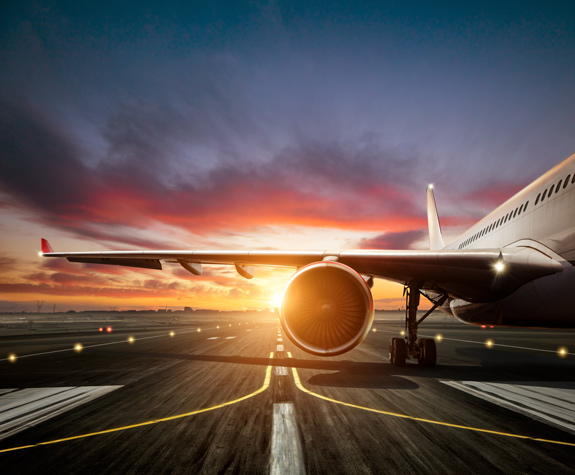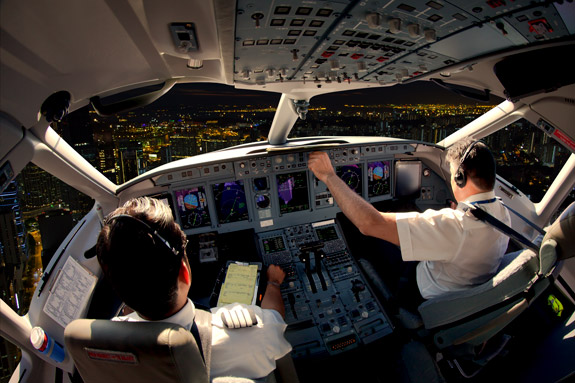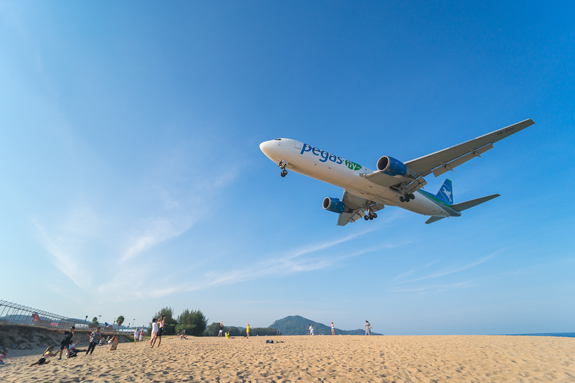Commercial Pilot Jobs Elgin, IL

Commercial Pilot License - Which License and Ratings Will You Need?
To become a commercial pilot in Elgin, IL, you need to be at least 18 years old (although you can earn your private pilot's license at 17, you must be 18 or older to get your commercial pilot license) and get at least a third class FAA medical certificate. The medical certificate ensures that you are in good overall health, have good vision (corrected or uncorrected is okay) and don't have any disabilities which could affect your ability to fly, although the FAA may grant a waiver for individual cases. Learn about commercial pilot jobs.
List of Licenses and Ratings

Commercial pilots typically hold some or all of the following licenses, ratings, and certificates, depending on the operation:
- Federal Aviation Administration (FAA) Medical First Class - Certificate
- Private Pilot - License
- Commercial Pilot - License
- Instrument Pilot - Rating
- Multi-Engine - Rating
- Type Rating - Rating specific to the type of aircraft being flown, if necessary
The Road to a Commercial Pilot License
The first license you earn is private pilot. Next, most people get their instrument rating, and then go on to the commercial pilot license. Some operations don't require an instrument rating. However, possessing the rating is always beneficial both for piloting skills and getting jobs. If you'll be flying multi-engine aircraft (and you probably will), you'll need to earn a multi-engine rating, and, if flying larger aircraft (over 12,500 pounds gross weight) or turbo jet aircraft, you'll also need a type rating for that specific model or family of aircraft. Many companies offer type rating training specifically for this purpose. Get more information on commercial pilot training.
Elgin, IL Commercial Pilot License Tests
Most, but not all, FAA licenses and ratings require that you pass written, oral, and practical (check ride) tests given by approved testing centers and designated examiners.
Get Matched
With the BEST
School/Training for YOU! INQUIRE HERE
Accelerated Flight Training - Condensed training helps pilots retain info, earn more ratings, and get jobs

No matter how you look at it, flight training is a lengthy process. There are many new things to learn and hundreds of flight hours to gain. When it comes down to it, flight training can only be condensed so much before it bumps up against regulations. This presents a bit of a problem to someone looking to start a career in aviation. Training costs money, but it's going to be a while before flying will pay. So what's the best solution? Accelerated training. Accelerated flight training offers some notable benefits including being good for career pilots, quick progression through ratings, and increased job placement opportunities. Great for Career Pilots
Accelerated training is great for career pilots. It allows the student to condense their training into a few weeks or months rather than years. This works by allowing the student to fly multiple lessons per week while also taking consolidated ground school. The nature of the training typically demands the student train like a full-time job--eight hours a day, five days a week. This is great for someone who's looking to get started with a career in the quickest amount of time. It's unfortunately not so great for someone who can't devote more than a few hours per week.
Most accelerated training programs function similarly to military training in that students alternate between flying and classroom instruction before entering a phase of longer flights. Some accelerated programs even dispatch students and aircraft on a series of long flights that are intended to provide a large amount of flight time and allow the student a more varied cross-country experience.
Quick Progression Through Ratings

This type of training is primarily designed to fast track students to ratings. Rather than taking six months to obtain a private pilot certificate or an instrument rating, it can take as little as fourteen days. How can you take something that takes six months and effectively learn it in fourteen days? Attend ground school and flight training eight hours per day. The bottom line on all flight training is the more you do it, the more you retain. Accelerated programs are based on this concept and their success stems from the fact that their students are immersed in flying so much that they can't help but learn.
Job Placement Opportunities
Most of the larger accelerated flight training schools offer job placement to graduates. They have agreements with some airlines and often directly offer employment to some of the graduates. This is a great asset to someone looking to break into the aviation career field. When considering job placement agreements, some schools offer actual job placements while some offer guaranteed interviews. Either is better than nothing no matter how you look at it. It's debatable, but the single biggest employer of many accelerated flight training program graduates is often the schools offering the programs. After all, they need flight instructors to teach their students and someone who's familiar with the program is a great asset.
As you can see, for someone trying to launch into an aviation career, accelerated flight training has a number of benefits. Even people that are just trying to get several ratings at once can benefit from an accelerated program. So if you're looking for a flying career and you have time to devote to training, consider an accelerated program.
Aviation Training Facts for Elgin, IL
The problem of instructor pilots training, after World War II, was almost as critical as that of maintenance personnel training. Most of the assigned pilots had not been overseas returnees, and were, therefore, subject to overseas duty. The number of instructors on hand varied from one to five making planning student loads nearly impossible. To stabilize instructor manning, the helicopter school requested assignment of one class composed entirely of combat returnees, who could be retained as instructors. A class of 10 combat returnees began training 15 July 1946.
Aviation Facts - High-Speed Aerodynamics
Listed below are a range of conditions that are encountered by aircraft as their designed speed increases.• Subsonic conditions occur for Mach numbers less than one (100–350 mph). For the lowest subsonic conditions, compressibility can be ignored.• As the speed of the object approaches the speed of sound, the flight Mach number is nearly equal to one, M = 1 (350–760 mph), and the flow is said to be transonic. At some locations on the object, the local speed of air exceeds the speed of sound. Compressibility effects are most important in transonic flows and lead to the early belief in a sound barrier. Flight faster than sound was thought to be impossible. In fact, the sound barrier was only an increase in the drag near sonic conditions because of compressibility effects. Because of the high drag associated with compressibility effects, aircraft are not operated in cruise conditions near Mach 1.• Supersonic conditions occur for numbers greater than Mach 1, but less then Mach 3 (760–2,280mph). Compressibility effects of gas are important in the design of supersonic aircraft because of theshockwaves that are generated by the surface of the object. For high supersonic speeds, between Mach 3 and Mach 5 (2,280–3,600 mph), aerodynamic heating becomes a very important factor in aircraft design.• For speeds greater than Mach 5, the flow is said to be hypersonic. At these speeds, some of the energy of the object now goes into exciting the chemical bonds which hold together the nitrogen and oxygen molecules of the air. At hypersonic speeds, the chemistry of the air must be considered when determining forces on the object. When the space shuttle re-enters the atmosphere at high hypersonic speeds, close to Mach 25, the heated air becomes an ionized plasma of gas, and the spacecraft must be insulated ted from the extremely high temperatures.